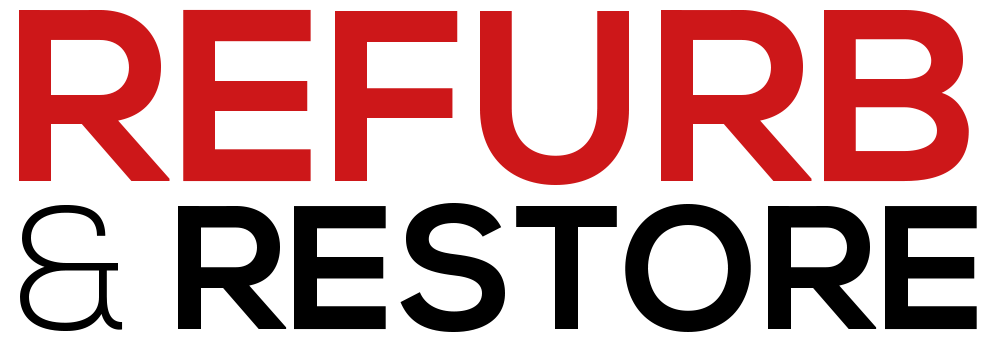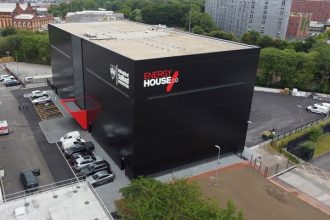SOLID WALL INSULATION – is there an economical solution in sight?

Following the recent astronomical increase of 45% in gas and electricity prices – households throughout the country are suffering, the plight of solid wall homes appears to be even more desperate. Improving the thermal efficiency of solid wall properties has largely been ignored mainly because the solutions have been considered not cost effective and this is one reason that these types of dwellings have attracted the title of “hard to heat homes”. They are not hard to heat, they have just been in the past expensive to insulate. Solid walls are most common in homes built before the 1920’s.

The UK’s housing stock is estimated at approximately 25 million homes. Of that total 36% are solid wall constructed – solid brick, solid stone, pre 1944 timber frame and non-traditional, concrete construction (PRC’s). In addition, there are a considerable number, over one million, of cavity wall properties which cannot be filled. Also, mansard roofed homes, park homes and tile hung resulting in a grand total of 43% classified as hard to heat – 9.2 million houses.
Solid wall homes are generally energy inefficient having much lower SAP ratings and higher “U” values than corresponding cavity constructed properties. An unfilled cavity wall loses approximately 35% of heat – a solid wall loses a staggering 45-50%. It is unlikely that the Government can achieve its policy target Net Zero carbon emission reduction by the year 2050 without addressing hard to heat homes.
Fuel Poverty & Health
Fuel poverty is a major issue that the Government has made a commitment to eliminate fuel poverty altogether by the year 2035. It can be described as the inability to afford sufficient fuel for a comfortable home and applies where households need to spend more than 10% of their disposable income on maintaining an adequate temperature. Notwithstanding the extensive work that local authorities have carried out in this area, the recent round of fuel increases are forcing families back into fuel poverty.
It is currently estimated that there are up to 6.7 million (Oct 22) households now in fuel poverty and this figure is expected to rise even further, with the increase in the cost of living, with some organisations predicting the figure to exceed 8 million. 66% of these households live in solid wall homes. Some 83% of the fuel poor are vulnerable householders; older people, families with children and those who are disabled or have long term illness. In other words, the most vulnerable families live in the most fuel inefficient properties.
The World Health Organisation report published in 1985 established that there is a link between poor health and low indoor temperature.
Illnesses such as influenza, heart disease and strokes are all exacerbated by the cold. Exposure to cold results in a 30% increase in the death rate in the UK. There are over 65,000 cold-related deaths through the year in the UK (Dept of Health 2021) and around 40,000 occur in winter between December and March. 17,000 people died as a direct result of fuel poverty a further 36,000 deaths were attributable to living in a cold home Solid wall homes are also more prone to condensation, which results in black mould growth on the walls and ceilings, which is also a very serious health risk causing upper respiratory infections – asthma and bronchial complaints.

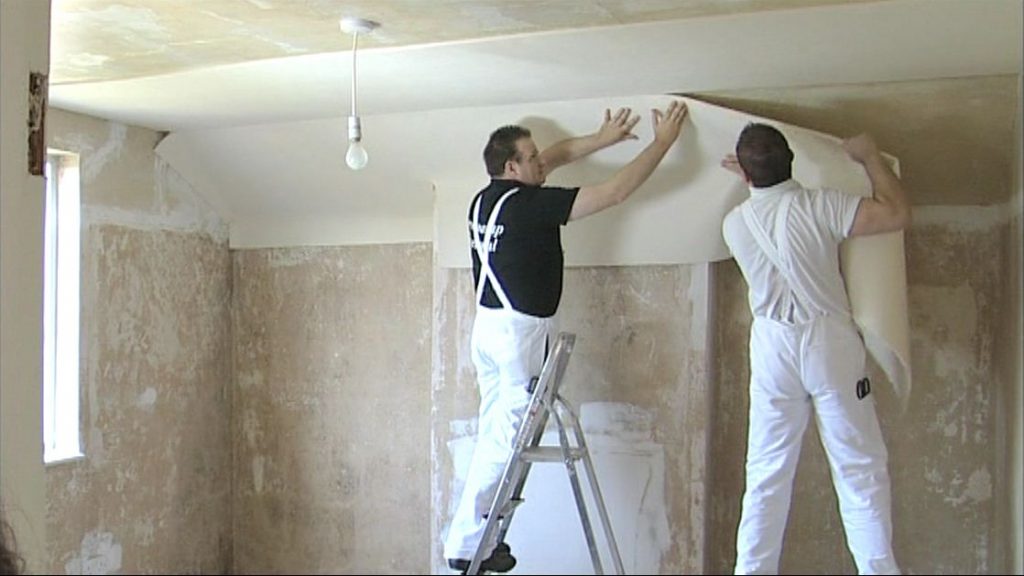
The Solution – Easy to use and non-disruptive.
Historically, insulating solid wall homes has either been very disruptive or very expensive. Now there is a system, Sempatap Thermal, which is easy to use and can be installed without having to vacate the property. In fact, it’s so easy it can even be installed on a DIY basis and there is a Sempatap Thermal Application video on our website and DVD available on request.
Sempatap Thermal has been in use in the UK and Europe for over 30 years. It has been installed in thousands of properties throughout the UK.
Major Energy Savings
Sempatap Thermal is insulation on a roll, as simple as wallpaper to apply. It lowers heating bills and has a life expectancy of over 30 years. Sempatap Thermal has been tested by the National Physical Laboratory and figures from the Building Research Establishment show considerable energy and carbon savings.
Once applied to walls/ceilings it substantially reduces heat loss and rooms immediately feel warmer.

Preparation
Firstly prepare the walls/ceiling to be insulated – if there is black mould on the surfaces, this must be treated with MGC’s Mould Eradication Kit strictly in accordance with the instructions.
Step 1 Cut the drop length of Sempatap Thermal – easily done using either wallpaper shears or scissors.
Step 2 Apply Sempatap Adhesive by roller, brush or notched trowel to ceiling/wall surface to be insulated. Only apply the adhesive to one drop length at a time.
Step 3 Apply Sempatap Thermal foam side to the wall, roll up the cut length with the foam side facing out. Then apply the insulation to the wet adhesive starting at the top of the wall. When in position, using a Sempatap Spatula, smooth it out, removing any air pockets and firm up.
Step 4 Continue application until the wall/ceiling is covered. Using a Stanley knife or similar, cut off any excess at ceiling level and at the junction with the skirting, then gun Sempatap Sealant into all the vertical and horizontal joints to achieve a neat finish. Sempatap Thermal can be decorated with virtually anything – emulsion, wallpaper even tiled. Redecoration in subsequent years is not a problem.
Thermal Image Before
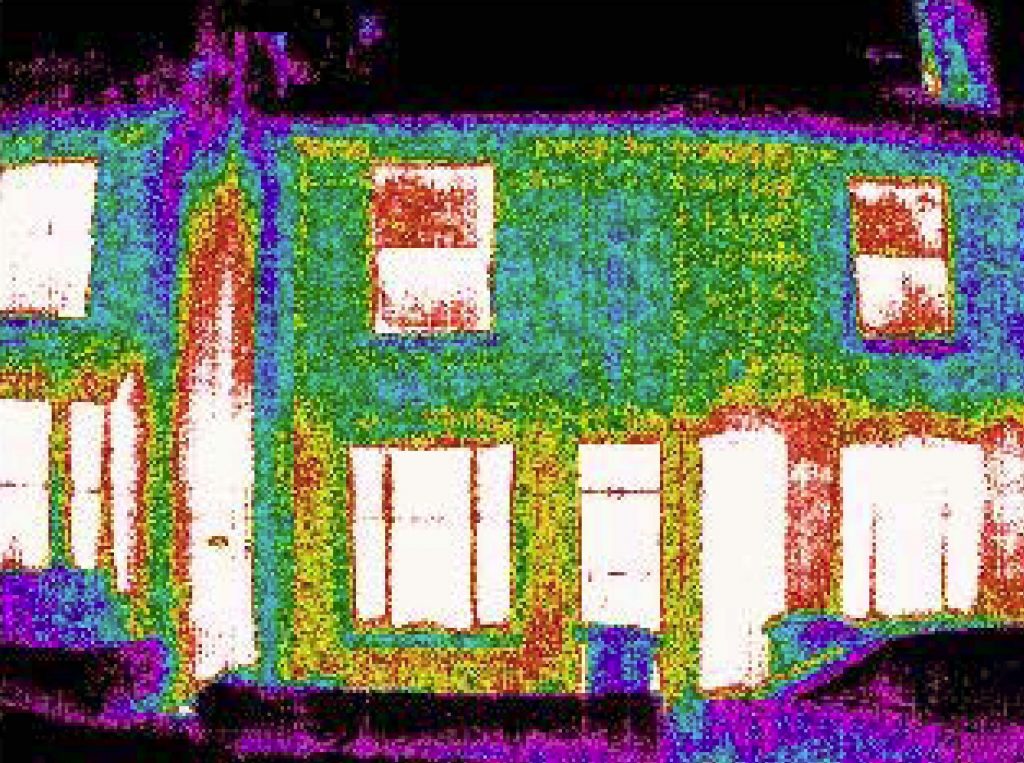
Thermal Image After
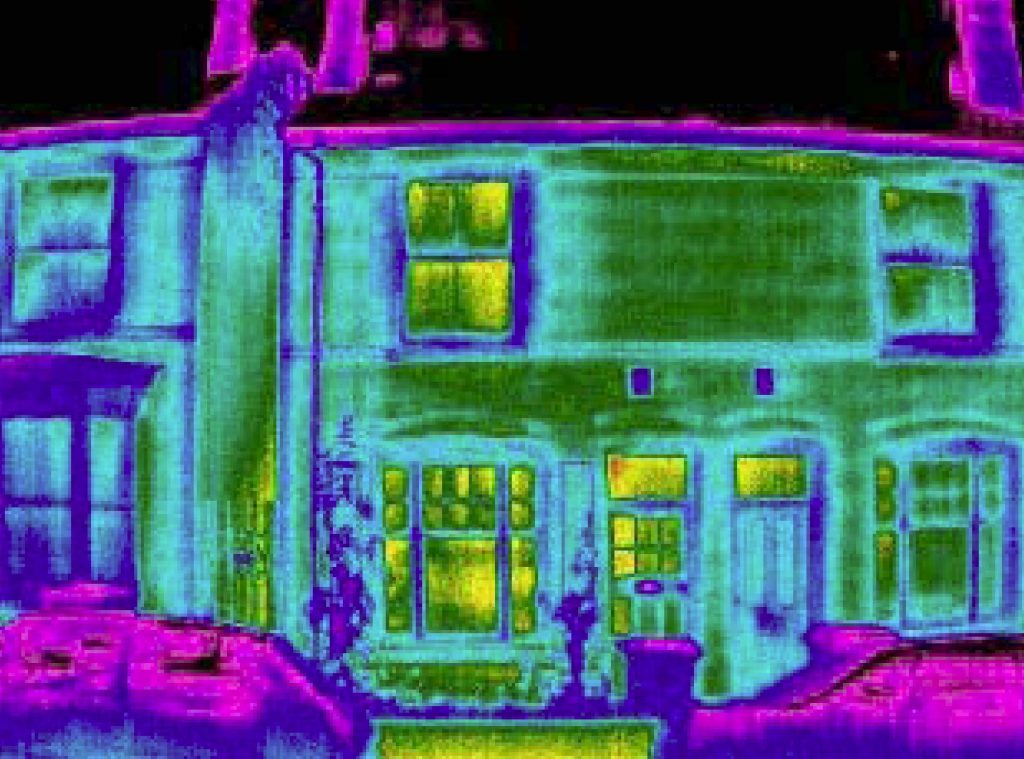
Website
